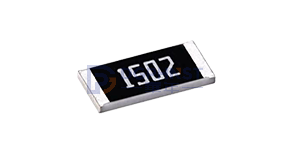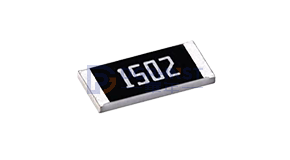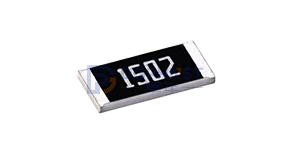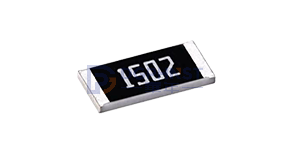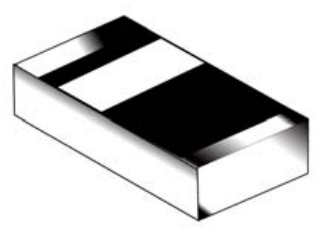LZI RM series resistor is a member of the alloy resistor product line produced by LZI Electronics, which is mainly used for current detection and voltage regulation. This series of resistors with its ultra-low resistance value, high power, surge resistance, strong impact resistance and other characteristics are widely used in many fields, such as power supplies, automotive electronics, battery chargers and so on.

When choosing a LZI RM 1206 (3216) resistor, consider the following points:
Select suitable series and models according to different application requirements. For example, if you need a high power resistor, you can choose the RM series; If the application scenario is the automotive field, the RM series should be selected according to the AEC-Q200 standard.
Understand the resistance range of the resistance you need. The resistance range of the RM series ranges from 0.5mΩ to 0.1Ω
Select the right size and package type based on the space and layout of the board. LZI offers a variety of packaging methods, including surface mount packaging.
The main materials of LZI alloy resistance include manganese copper alloy and Karma material, the resistance of different materials has different performance, so it is also necessary to consider the material factor in the selection.
The accuracy of the resistance is usually 1%, 2%, 5% and other options, and the temperature coefficient determines the stability of the resistance at different temperatures. For example, the RM series has a temperature coefficient of ±50ppm/ ° C.
Series: RM
Power: 1/2W, 1W, 1.5W, 2W, 3W
Specifications: 1206 (3216), 2512 (6432)
Temperature coefficient: ±50ppm/℃
Accuracy: 1%, 2%, 5%
Resistance range: 0.5mΩ to 0.1Ω
The LZI RM 1206 (3216) resistor is a versatile resistor family with a variety of power and size options that can be selected according to different application requirements. In the selection, the power, size, material, accuracy and temperature coefficient of the resistor should be considered comprehensively to ensure that the resistor can meet the design requirements of the specific electronic circuit.


